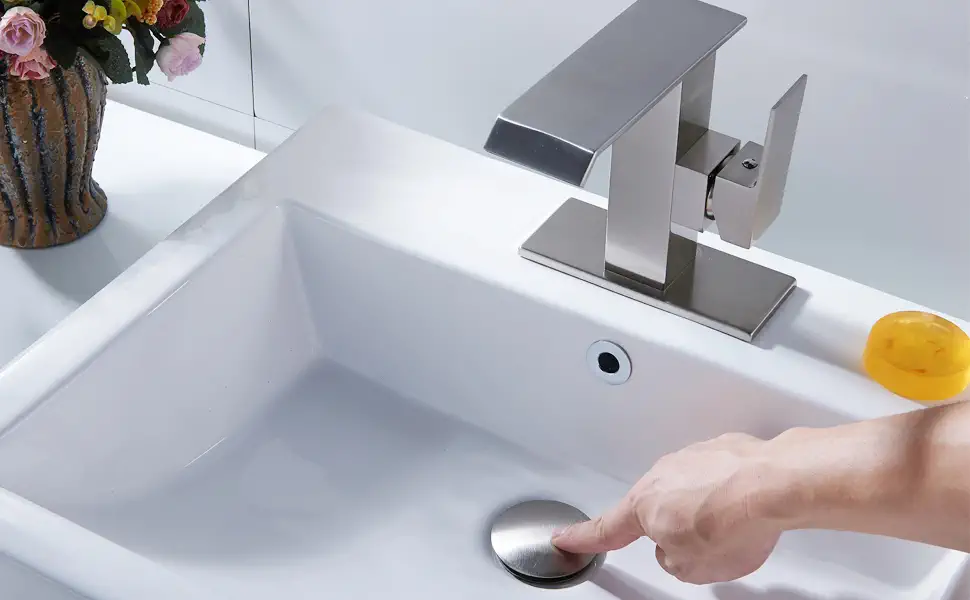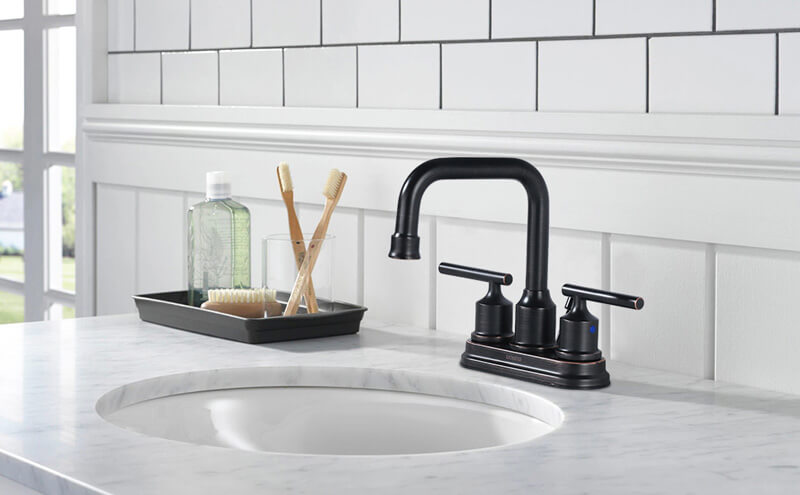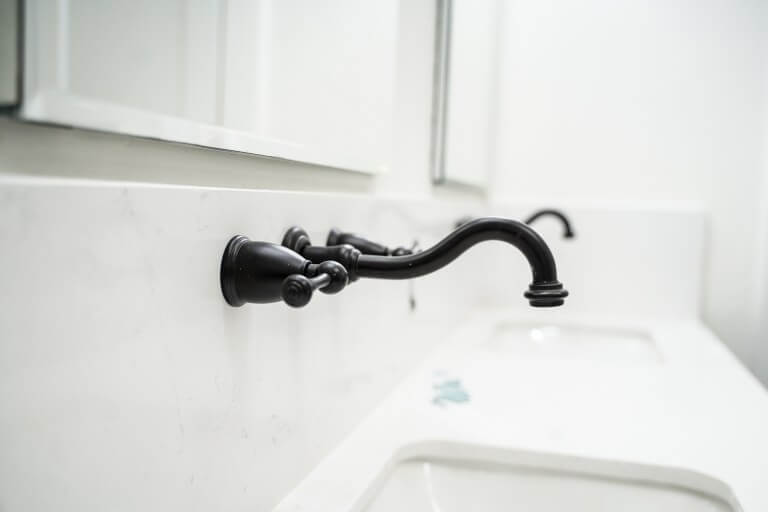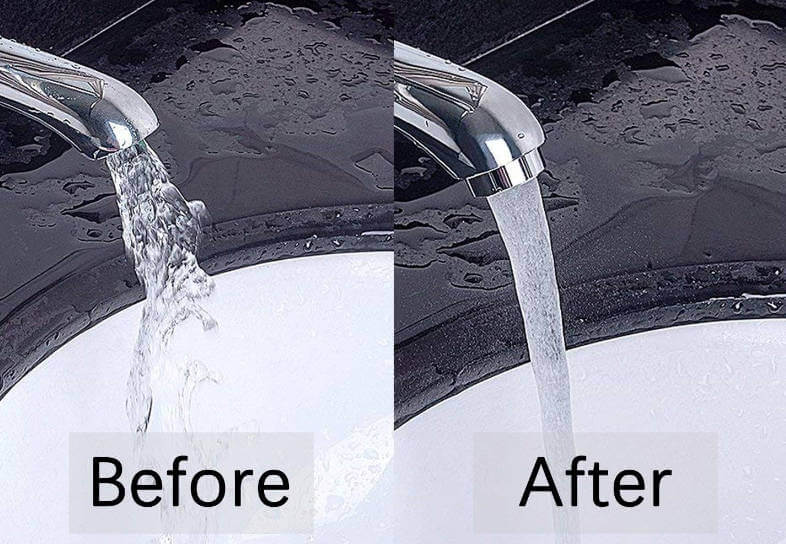
1. Faucet installation locations
Kitchen sink
The faucet for the kitchen sink is usually chosen to be a curved tube. The curved tube can be rotated 360° so that you don’t touch the faucet as often when you are washing dishes and dishes. Handle faucets are a popular choice. There are tubes with spring-loaded tubes and lift-top tubes. Since the pull-out head can be taken out, cleaning does not have to be limited to the tank and there is a lot of freedom.
Bathroom space
Shower area, bathtub, basin, we usually install faucets in these three positions in the bathroom. The shower area mainly uses a three-way faucet with two spouts. The faucet in the bathtub position usually chooses the faucet with fast water discharge speed, such as the waterfall faucet. It’s best to use a double faucet for the basin so that you don’t have to wash your face in the winter. Deliberately turn on the water heater to receive hot water, there are also electric faucets on the market. When connected to the power supply, you can produce hot water, pay attention to the quick heat. It also saves some electricity compared to the kitchen gadget. For homes where the kitchen sink cannot be connected to the water heater. It is a good choice and can also be placed in the basin.
2. How to turn on the faucet
- Depending on the opening method. Faucets are spiral, wrench, lift, induction, and press.
- Spiral type. It rotates a lot of turns when you open it and is easy to loosen over time.
- Wrench type. Generally requires 90 degrees of rotation.
- Lifting type. Lifts to the top.
- Induction type. Does not require a handle to control the switch, but for continuous water discharge, simply keep the handle near the induction zone at all times.
- Push-press type. More common in public places and requires multiple presses to keep the water from coming out.
The first three, which are more common in-home use, are my personal preference.

 WOWOW Faucets
WOWOW Faucets




